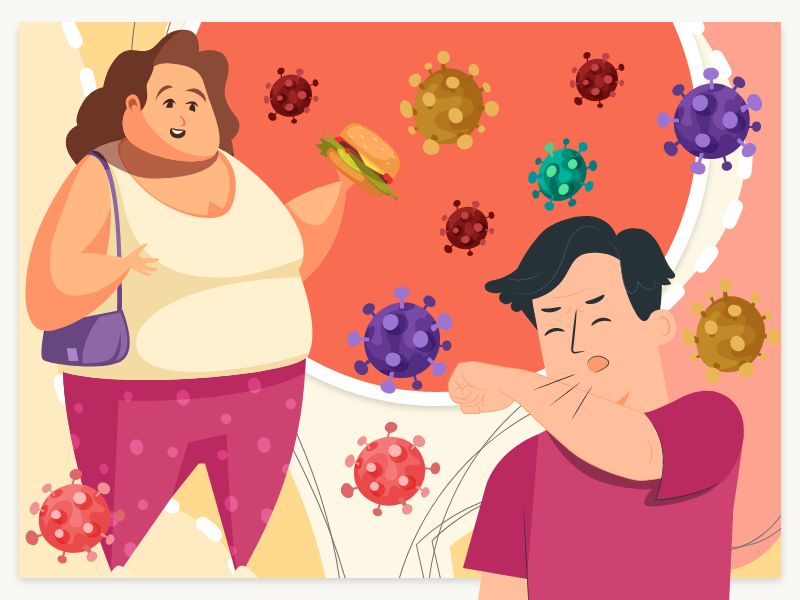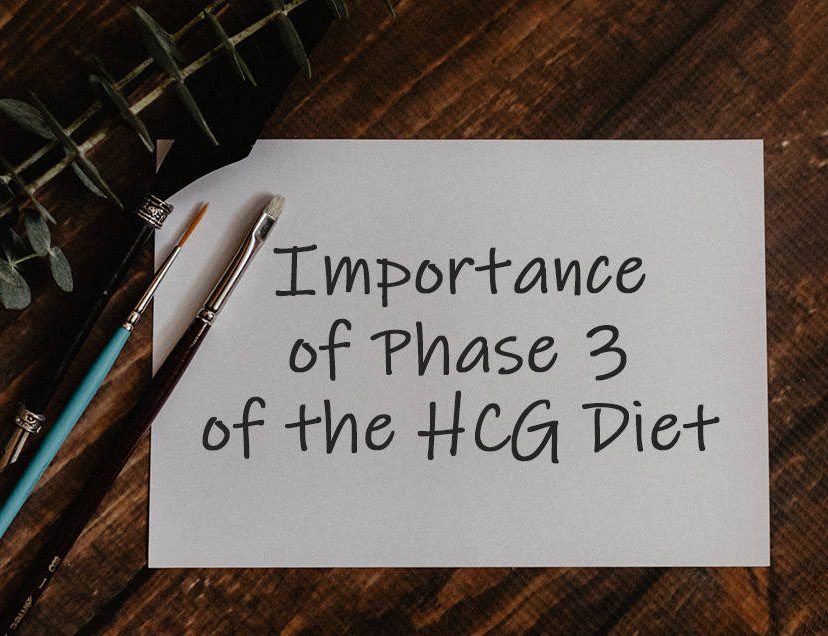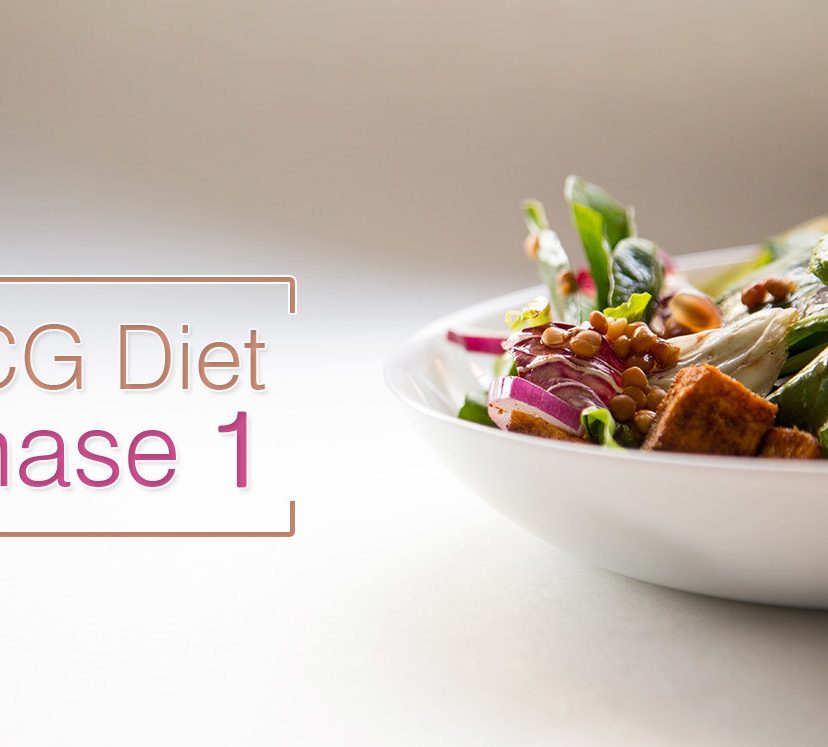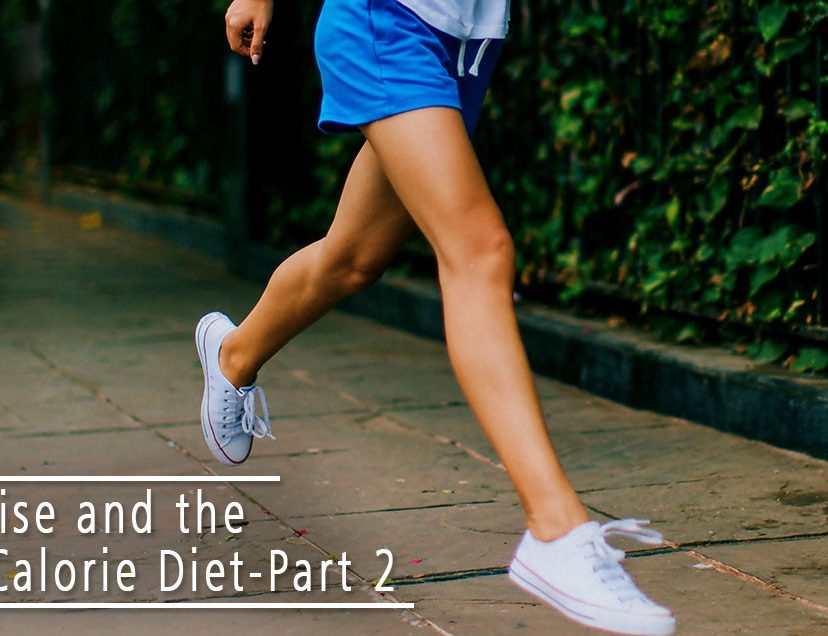Incorporating Exercise During the HCG Diet: Pros and Cons
One question that many dieters have is whether they can exercise during the HCG Diet. Is it a good idea to combine exercise with this diet plan?
Before you hit the gym in a calorie deficit, it’s essential to understand the advantages and disadvantages of exercising during the diet.
Let’s take a closer look at what you should consider when trying to incorporate exercise during HCG Diet.
First, ask yourself a few questions:
-Do you feel terrible after exercising?
-Do you experience intense food cravings?
-Do you feel exhausted after a workout?
If your answer is YES to any of these questions, it’s an indicator that exercise during the HCG Diet may not be suitable for you.
On the other hand, if you feel fine or even good after exercising, it suggests that adding exercise during the HCG Diet can be beneficial. If you’re overweight but otherwise healthy, exercising while using the HCG injection is much better than relying solely on the injection.
Just remember not to overdo it, as excessive exercise could lead to muscle loss. If you plan to engage in intense workouts, consider increasing your protein intake, such as by adding protein shakes to your diet.
Dr. Simeons’ Protocol
In his book “Pounds and Inches,” Dr. Simeons advises against exercise during the HCG Diet. He recommends light cardio activities like walking, golf, or jogging for no more than 30 minutes per day.
This restriction can be frustrating for those who want to lead an active lifestyle or tone their bodies while losing weight.
However, there’s good news! You can incorporate some exercise during the HCG Diet while still reaping its benefits. You need to make adjustments to your caloric intake by adding an extra 250 calories per day to your meals.
Here are the guidelines to follow:
- Stick to the approved HCG Diet foods and drink the required amount of water throughout the day. Prioritize these aspects for optimal results.
- Keep track of your calorie intake. Calculate the number of calories you need to replenish your body after each workout.
- After exercising, add a reasonable portion of food to your diet. For example, if you burn 300 calories during an hour of walking or jogging, add an extra serving of protein, vegetables, or fruit to your daily intake. However, be cautious not to burn more than 400 calories in a single workout, even with increased calorie intake.
What Can You Expect If You Combine Workout and HCG Injection?
Now, let’s discuss what you can expect when combining exercise during the HCG diet:
- You may need to eat a little more: Running on a low-calorie deficit might cause your body to burn muscle instead of fat. To prevent this, increase your calorie intake slightly.
Consider adding some extra protein in the morning or before/after a workout. You can include whey protein powder or egg whites in addition to the 500 calories per day.
- Expect slower weight loss: You may experience slower weight loss due to water retention. However, keep in mind that your actual fat loss is not affected.
- Replace lost electrolytes: To maintain electrolyte balance while following the protocol, replace the electrolytes lost during your workout. You can drink plenty of water without disrupting your electrolyte levels by adding a squeeze of lemon and a dash of salt to your glass of water.
Acceptable Exercises During the HCG Diet
Now, let’s take a look at the acceptable exercises for different phases of the HCG Diet:
Phase 2:
The HCG Diet recommends light exercises like biking, yoga, and walking. If you want to do more than that, you can increase your calorie intake by 100 to 250 calories a day.
Light exercises help maintain muscle tone and fitness without hindering weight loss. If you’re used to intense exercises like swimming or running, shorten the duration and eat more calories.
At least one hour of walking a day, five to six days a week, is the minimum requirement. Walking may not seem like exercise to some, but it’s a great starting point for those who have been inactive for a while.
Phase 3:
You can increase the intensity of your exercise during this phase. You can engage in a balanced exercise routine such as attending training classes at the gym or running outside.
However, avoid overdoing it. Focus on exercises that do not raise your heart rate above 100 bpm. Remember, your body has just undergone significant stress, so give it some time to adjust.
What to avoid:
Avoid vigorous exercises such as weight lifting. This type of exercise can lead to muscle fatigue and exhaustion. You can resume intense workouts once you have completed your diet.
By considering these factors and making the necessary adjustments, you can successfully incorporate exercise during the HCG Diet and achieve your weight loss goals while maintaining your overall well-being.





